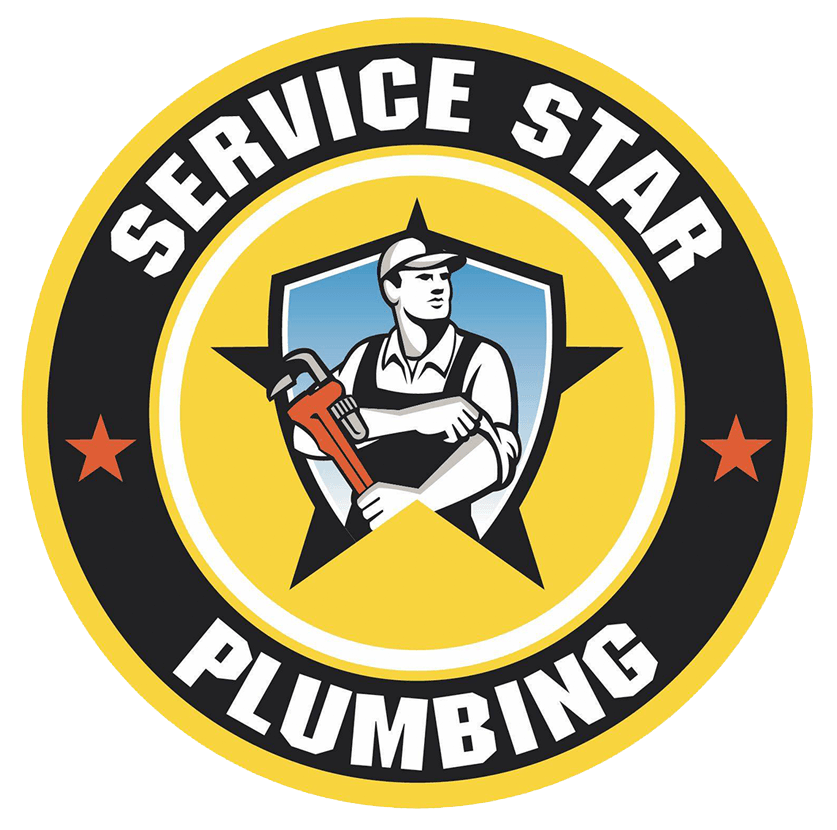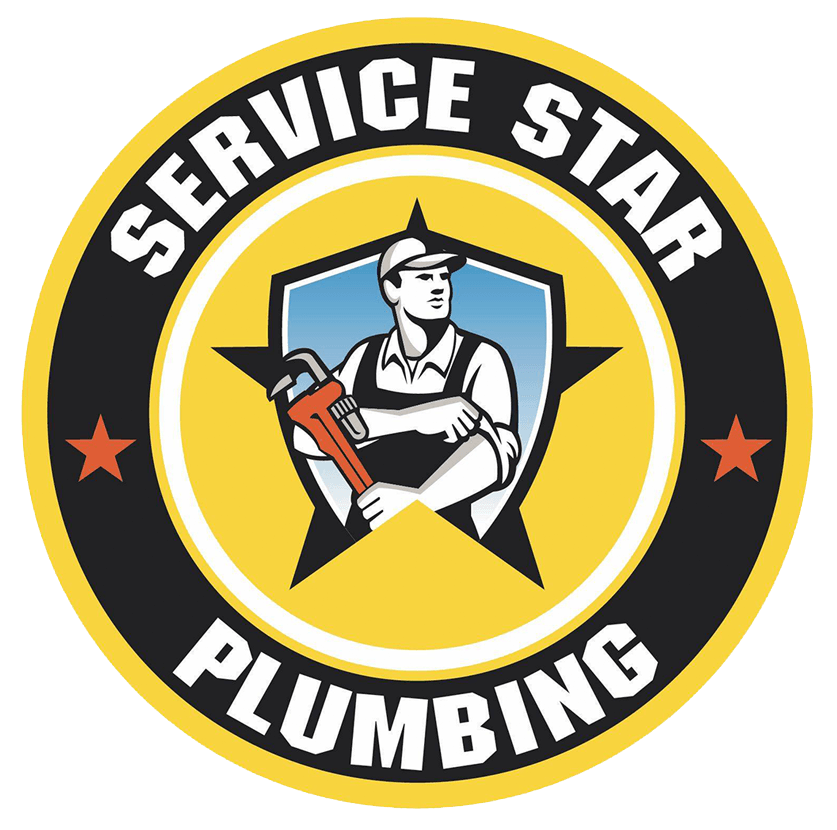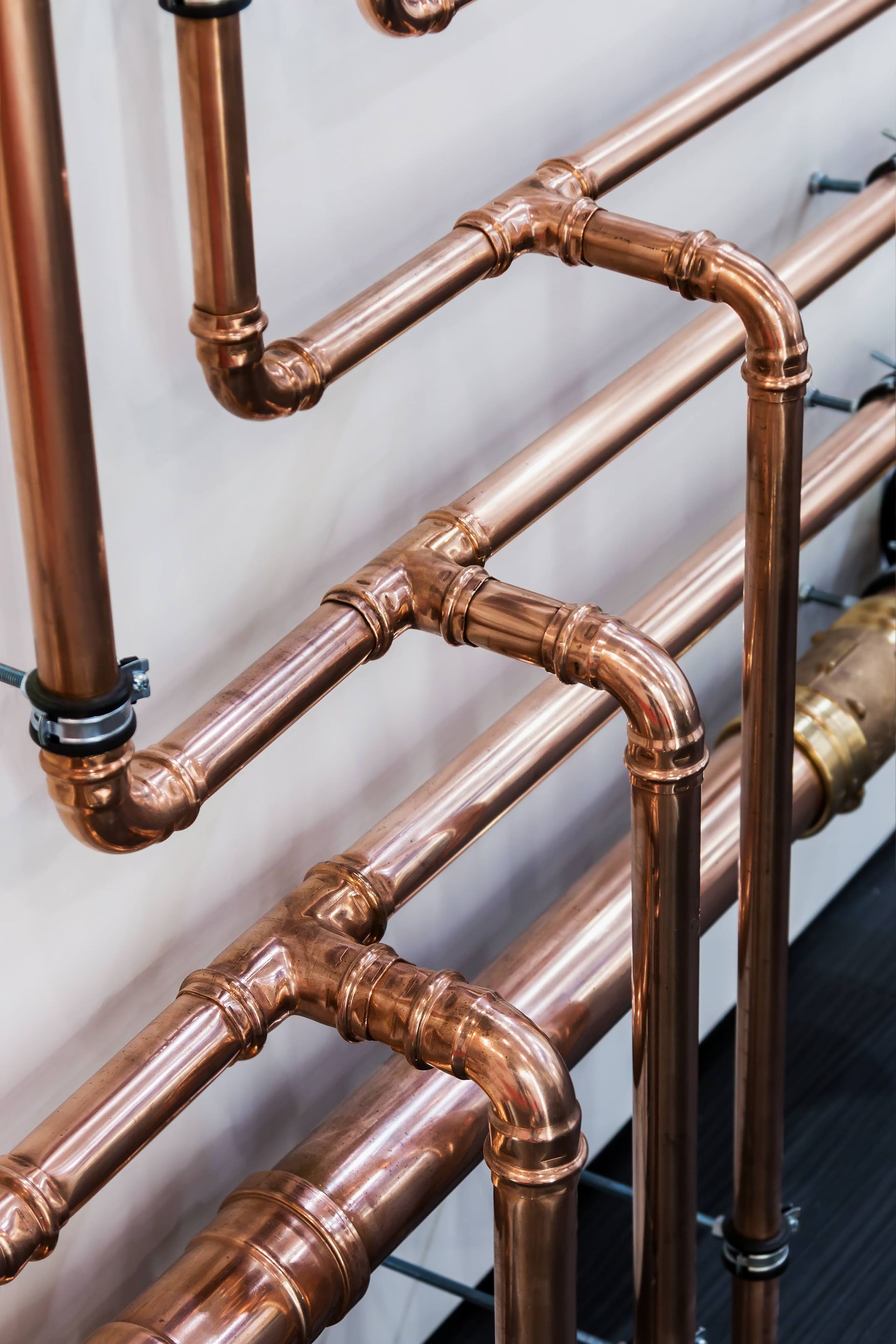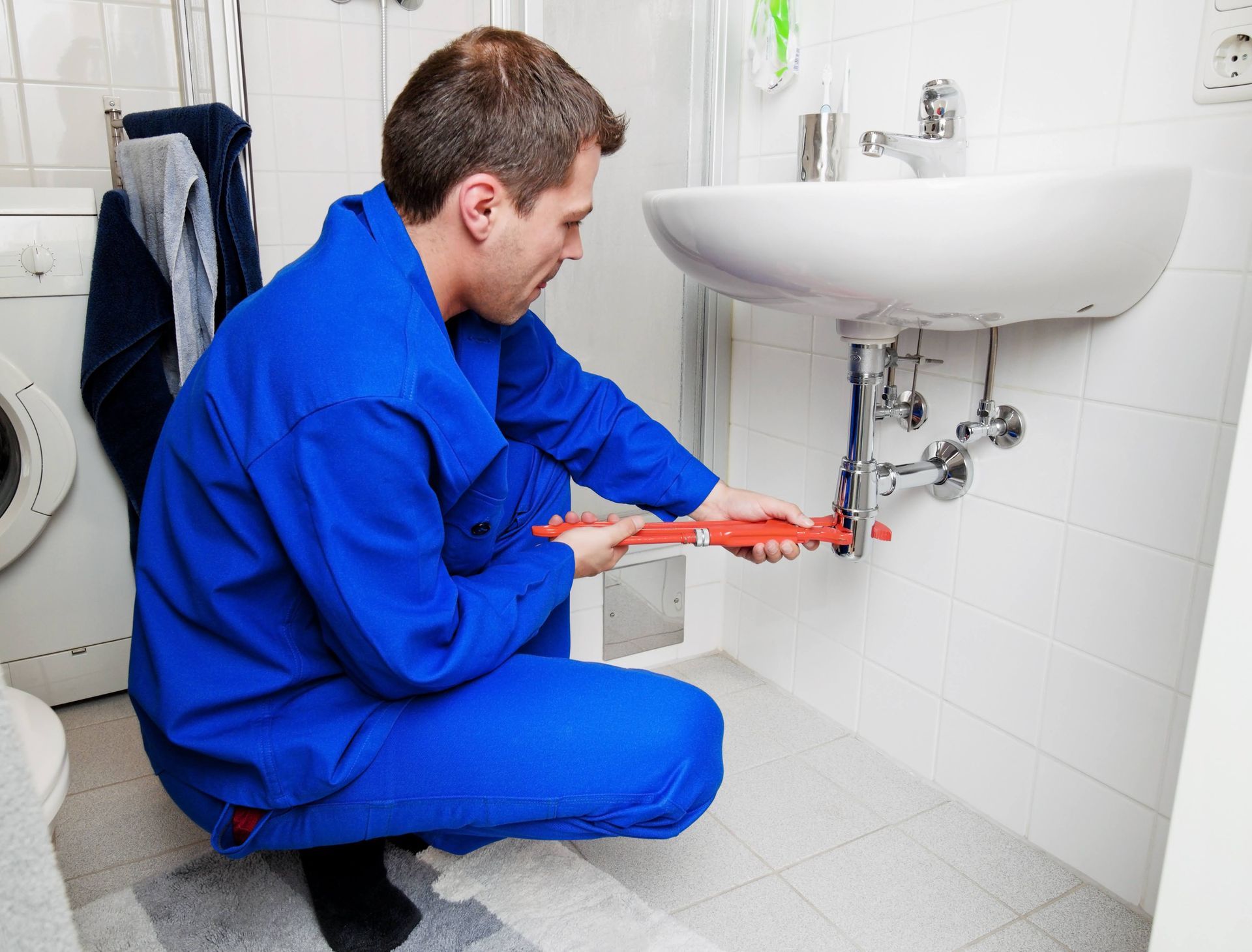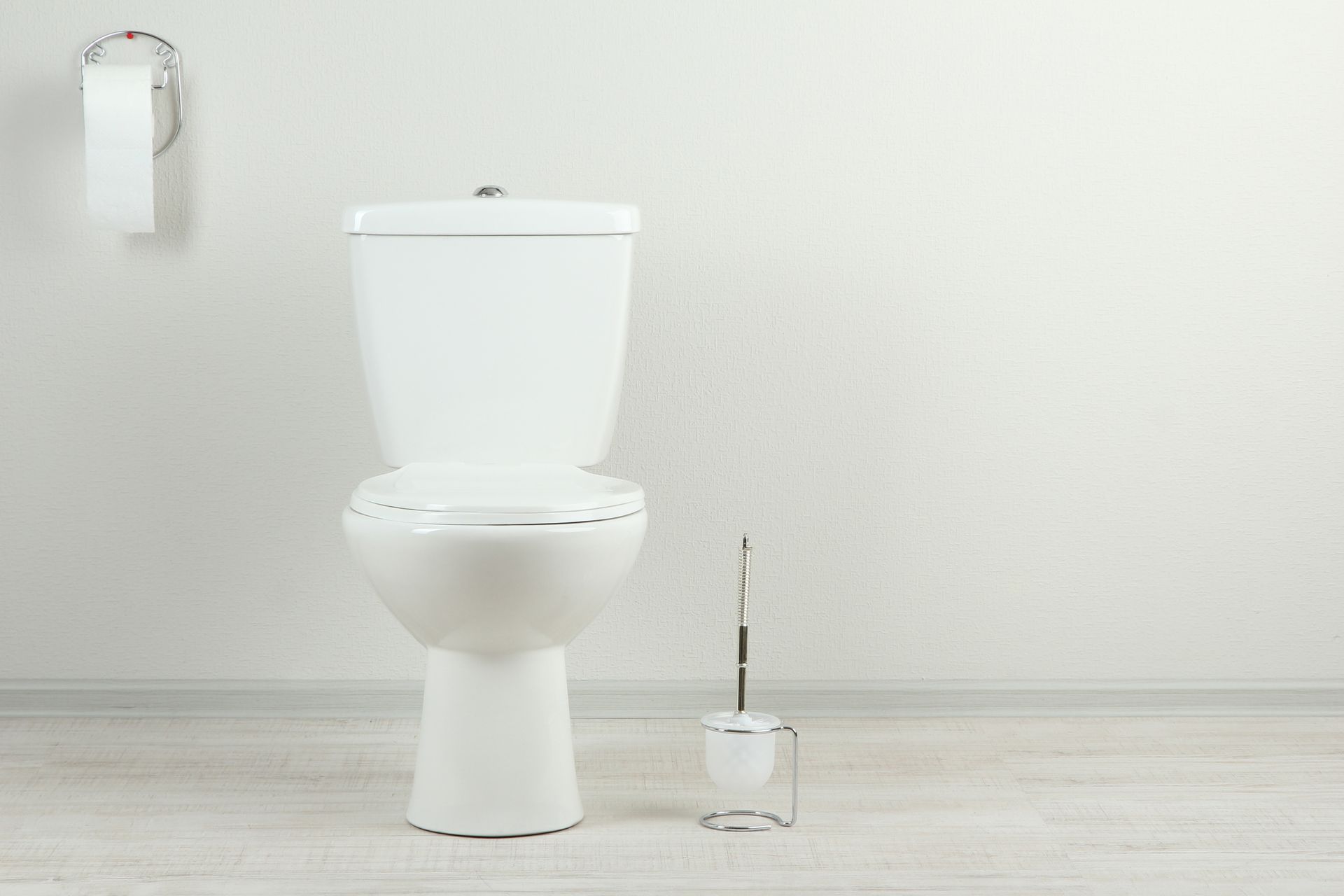Local Plumber In Brooklyn Park Servicing The Twin Cities Metro Area
Local Plumber in Brooklyn Park, MN Servicing Twin Cities Metro Area
Call Us Now!
Common Causes of Slow Drains
Fast-moving drains are vital for efficient drainage systems. They quickly eliminate excess water, preventing floods and water-related destruction. In contrast, slow drains hinder proper water flow, leading to pooling, blockages, and potential damage.
Here are the common causes of slow drains.
Grease Buildup
Grease buildup causes slow drains due to the improper disposal of leftover cooking fat. When you throw the fat down the drain, it enters the pipes in a liquid form. However, the fat will cool, harden, and stick to the inner walls of the pipes. Over time, this hardened grease accumulates and forms a thick layer that restricts water flow. As a result, drains become clogged, causing water to drain slowly or not at all.
P-Trap Problems
Clogs can occur when debris, hair, or other materials accumulate in the P-trap, obstructing the flow of water. The bend of the P-trap, designed to trap water and prevent sewer gasses from entering the living space, can also become a problem. The bend's curved shape can make it difficult to remove and see any blockages inside.
A plumber can clean the P-trap regularly to address slow drains. Cleaning involves unscrewing the nuts or fittings that connect the P-trap to the pipes, removing any trapped debris, and ensuring that the bend is clear and free from obstruction. Regular maintenance of the P-trap helps to maintain optimal drainage and prevent the inconvenience of slow drains.
Hair in the Bathroom Sink
Hair in the bathroom sink can cause slow drains, especially in homes with more people who often engage in brushing and combing activities. As they groom, strands of hair can easily fall into the sink and find their way into the drain.
Over time, these hair strands accumulate and intertwine, forming a net or giant hairball that obstructs the water flow. This buildup restricts the passage of water, resulting in slow drains.
Washing Machines
When you wash your clothes, small fibers and lint are released and can enter the water drainage system. Although some of these fibers may end up in the lint trap, a portion can still enter the clothes washer’s drain. Over time, these fibers can cling together and form clumps, obstructing water flow. As a result, drains become slow and inefficient.
Regular cleaning of the lint trap and periodic maintenance of the washing machine drain can help prevent the buildup of fibers and ensure proper water drainage. You can also use mesh laundry bags or filters to trap loose fibers and prevent them from entering the drainage system.
Sewer Line Obstructions
One common cause of obstructions is tree roots that invade and grow within the sewer lines. As the roots expand, they can cause blockages and restrict wastewater flow. Another factor is deteriorating or collapsing pipes. Over time, pipes can degrade due to age, corrosion, or shifting soil, leading to obstructions that impede proper drainage.
Sludge buildup is yet another culprit. Over time, solid waste, grease, and other materials can accumulate and create a thick sludge within the sewer lines, reducing water flow. One noticeable sign of sewer line obstructions is when the toilet continually flushes slower than usual, indicating a blockage in the main sewer line. Root removal, pipe inspections, and periodic cleaning to remove sludge buildup can prevent slow drains.
Septic Tank Sludge
Solid waste and debris settle at the bottom of the septic tank, forming a layer of sludge. When the sludge reaches a certain level, it can enter the main line leading from the tank, causing blockages. As a result, drains throughout the house experience reduced water flow and slower drainage.
Don't let a leaky pipe, faulty water heater, or backed-up plumbing disrupt your daily life. Our skilled technicians are ready to tackle any plumbing issue and restore your peace of mind. Contact Service Star Plumbing now for prompt and reliable solutions.
Business Hours:
Monday - Friday 8:00 am - 4:00 pm
We book appointments 24 hours a day.
